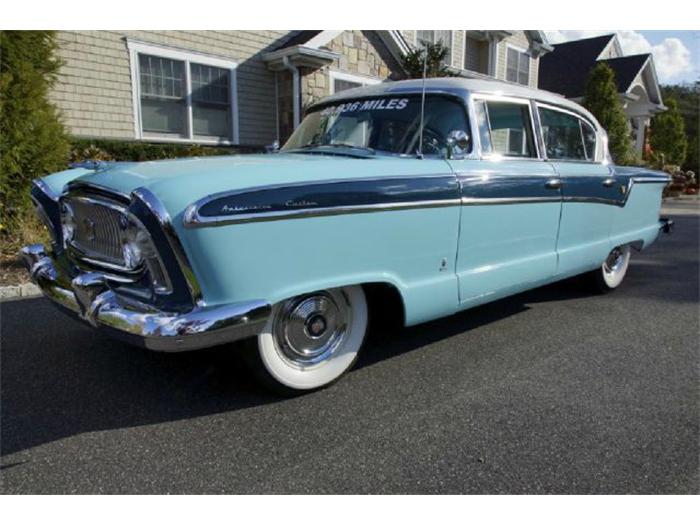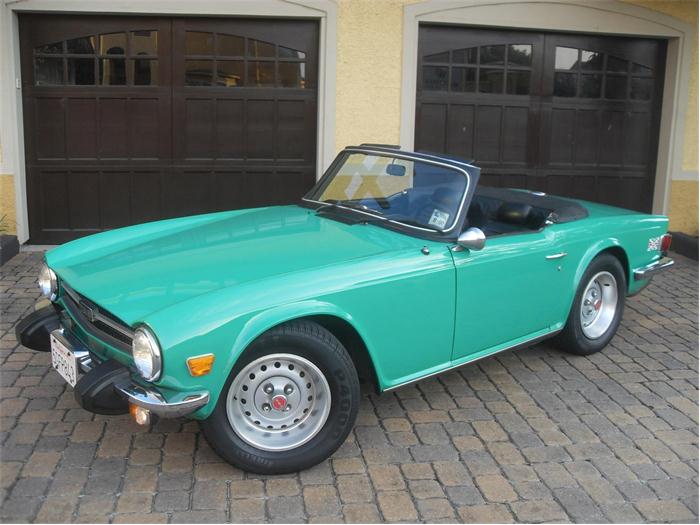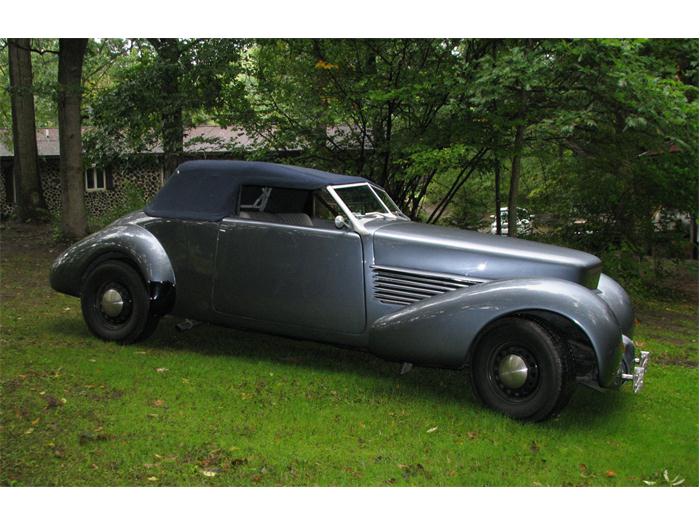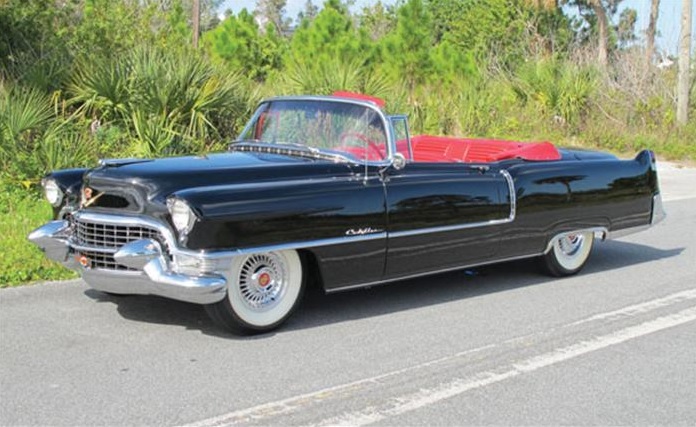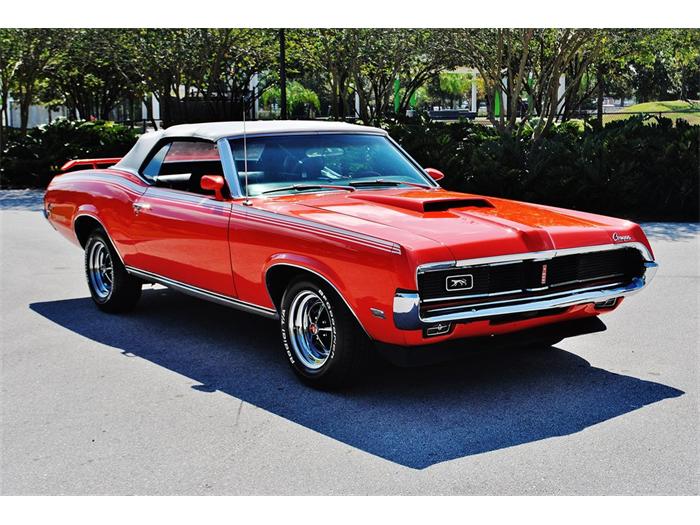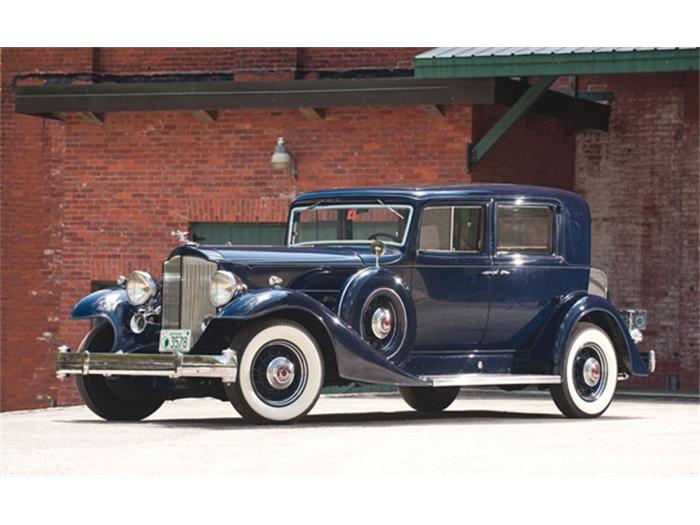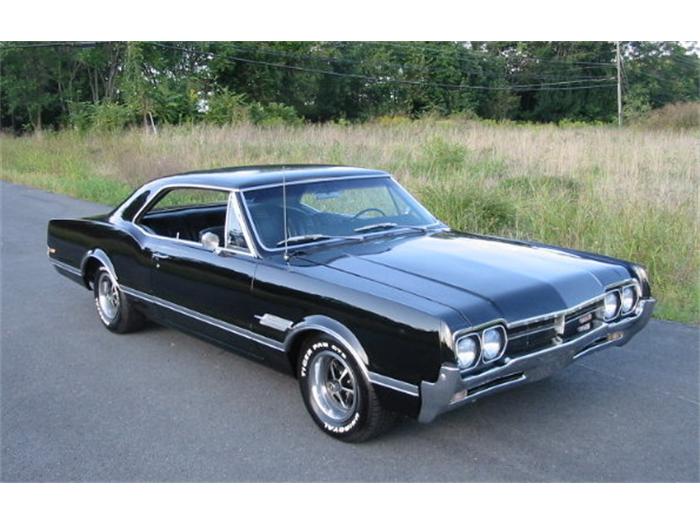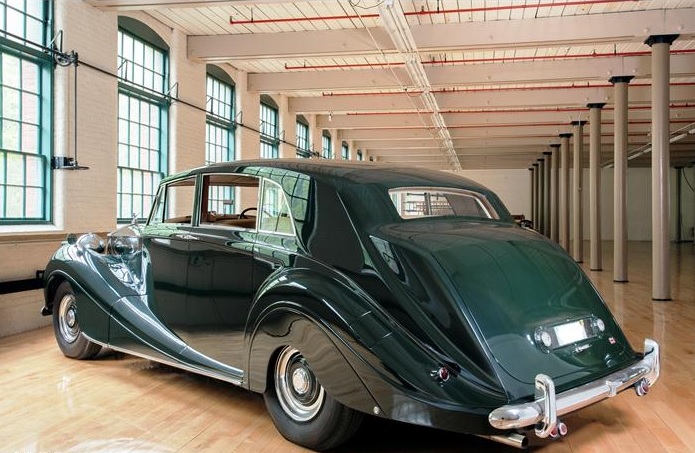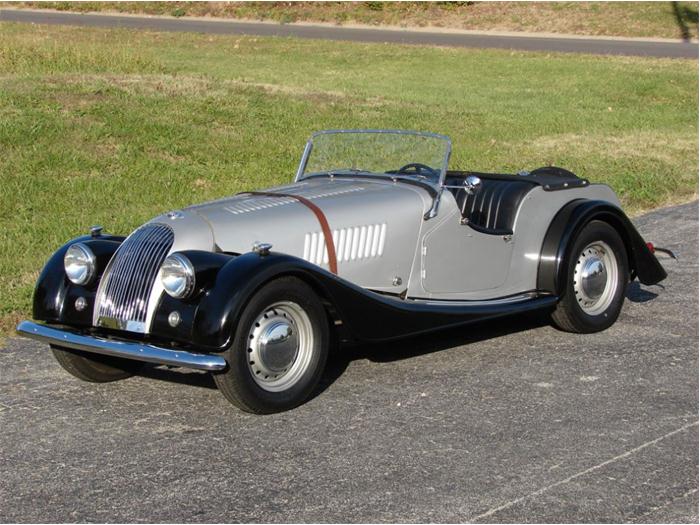
The Plymouth Barracuda (“Cuda” for short), an aggressive sounding name for a car (and a pretty mean-ass fish, which is a deep-water predator, with a lot of sharp teeth), was unfortunately only produced for 11 years (1964 to 1974). The Plymouth Barracuda started out as a sporty, compact, fastback model based on the A-body or Valiant chassis (an entry level or secondary vehicle for the economy-minded, American family of the day).
Browse the world’s largest online marketplace for classic and collector vehicles.
There were three generations of the Plymouth Barracuda during its 11 year production run, the first (1964 to 1966) and second (1967 to 1969) generations were based on their A-body platform (Valiant chassis). The third generation was built on a totally new, specifically built chassis, referred to as the E-body. The release date of the Plymouth Valiant Barracuda model was April 1, 1964 (actually making it the first real Pony car model), just two weeks before Ford made an early release of their infamous 1965 Mustang Pony car.
The first generation Barracudas came with a huge rear fastback glass area (14.4 sq. ft). It was designed in cahoots with the PPG Company (Pittsburgh Paint and Glass) and at the time was the largest wrapped (curved down to meet the rear body panels) glass area ever installed on an American-made production vehicle. All models were of the 2-door coupe design with that distinctive fastback glass area. The 1964 Barracudas were offered with either a standard slant 6, 170-cid (101 hp) or 225 cid (145 hp), 6-cylinder engines or the Chrysler Corporations’ 273 cid (called the LA design), V8 with a 2-barrel carburetor which produced 180 hp. This would also be the only year with the optional, dash-mounted, push-button, 3-speed, automatic Torqueflite transmission. The standard transmission was the 3-speed (“3” on the tree) manual transmission.
For 1965, the Barracudas remained cosmetically the same but they had a few changes under the hood and in the interior departments. Also, to give the Barracuda its own identity, Plymouth decided to drop all Valiant badging from the vehicle in order to keep the Barracuda model exclusive. The base engine would now be the 225-cid, 6-cyl (in all U.S. models), while the 273-cid, V8 with 2-barrel carburetor, would remain as the entry-level V8. An optional Commando version of the 273-cid V8, would be offered and produced 235 hp via a 4-barrel carburetor/intake, a higher compression ratio, a special camshaft with solid lifters and some fine tuning.
A Formula S package was added which included things like the 273-cid, Commando V8 engine, a tachometer, special badging, a sportier suspension system and larger tires and rims. Factory installed air-conditioning and front disc brakes were made available later in the production year. The 1966 Barracuda would receive a minor facelift including new front-end sheet metal, new grille work, larger bumpers and some new tail lights. The interior sported a new dashboard which included areas for the optional tachometer and oil pressure gauge and for the first time, a center console was an option. The 1966 also sported the new fish logo along with the Barracuda nameplate.
Second generation Plymouth Barracudas came with all new and exclusive sheet metal (not sharing with the Valiant models, as before) and was now available as a notchback coupe and also, a convertible (all were still 2-door vehicles). The wheelbase was extended by 2 inches to make it 108 inches and the exposed racing-style gas cap was located on the left rear 1/4 panel. Even though the exterior was all new and exclusive, the Barracuda still shared many components with its sister Valiant models, to keep manufacturing costs down. Some of the unique new design features were more rounded looking body panels, a concave deck panel at the rear/trunk area and the rear fastback glass area was more flattened out. As for the enlarged engine compartment area, the 225-cid Slant 6-cylinder was still standard, the 273-cid V8 with 2-barrel or 4-barrel carburetor options and newly available, but rarely-ordered, was the 383-cid Big-Block Super Commando V8 powerplant (only available with the Formula S package).
For 1968, the exterior remained basically the same except for the federally mandated addition of side-marker lights. The 273-cid V8 was replaced with the 318-cid V8 and a powerful 340-cid V8 with 4-barrel carburetor was offered as an option. You could still opt for the 383-cid Big Block Super Commando V8, with approximately 300 hp, if the mood struck you. There was also the very special (as only about 50 were made), Hurst-built Performance editions which housed a 426-cid Hemi V8 with two 4-barrel carburetors. These were designed specifically for SuperStock drag racing. This monster was capable of running the 1/4 mile in the mid-10’s, right off the showroom floor. Wow, really? A production car? Yep, made and sold by the manufacturer in 1968. It did, however, come with a sticker/disclaimer that stated something to the effect that “this car is not for use on public roads”. (Yeah, right, got it officer.)
Again for 1969, there were minimal changes to the general appearance. To keep with Plymouth’s emphasis on building and supplying performance minded vehicles for their performance minded clientele, some powerhouse drivetrains were available to meet your desire. In keeping up with the times, a Mod Top option was offered which included a floral (like “flower-power” man) designed vinyl roof with matching seats and door panels. The ‘Cuda package (based on the popular FormulaS package) was born. It was all business and set the tone for the release of the all new ‘Cuda for 1970.
The third generation Plymouth Barracuda had come into its own and was a force to be reckoned with. The fastback was gone for good and the coupe and convertible models would carry on. The Barracuda was now 100% removed from any association/sharing with the Valiant models and was a stand alone vehicle built on the new “E” Body platform.
Three models of the new performance based vehicle were now available, including the base model Barracuda, the Gran Coupe (a more luxury-inspired model) and the Sport and high-performance model, ‘Cuda. This new chassis design was a shorter, wider version of their “B” bodied cars (Road Runner, etc) and had, of course, a larger engine bay (reportedly to more easily house the 426-cid, Hemi V8 for true production vehicles). Another, smaller 198-cid, Slant 6-cylinder engine was added to the base 225-cid version, and over six different versions of V8s were available including, 318-cid, 340-cid, 383-cid Super Commando 2-barrel with 290 hp or 4-barrel with 330 hp in base and Gran Coupes, 335 hp in ‘Cuda models as its base engine, 440-cid 4-barrel, 440-cid 6-barrel (3-dueces) or 426-cid Hemi with two 4-barrels. The 440-cid and 426-cid Hemi engines were always complimented with a heavy-duty suspension package and strategic, structural reinforcements to ensure the power got to the ground.
For 1971 the Plymouth Barracudas would get a new grille (also, the only year that they would have four headlamps and faux gills on the upper-rear, front fenders of the ‘Cuda models), new tail lights and some new trim options and seats. Otherwise, they would remain cosmetically the same with most powerplant offerings still available except for the 440-cid, 4-barrel engine. Some desirable options on 1970 and 1971 cars was the Shaker hood, Dana “60” rear axle, various graphics packages and some interestingly, vivid colors. (Note: only 11 of the 1971 Hemi ‘Cuda convertibles were produced and some examples of these have sold for over two million USD at auction).
The 1972 through 1974 would remain basically the same (except for available powerplants, no more big blocks were available, how sad) after the upgrades in 1972 to the grille, switch back to dual headlamps and new, circular, quad tail lights, incorporating the back-up lamps. Some other minor changes over the final three years would be conforming to new federal standards pertaining to safety, but mostly to the front and rear bumpers. Also, mainly due to tougher emissions standards and somewhat due to increasing insurance rates, the oil embargo, etc., the vehicle became extinct on April 1, 1974 (exactly 10 years to the date after its start) as they removed the vicious bite from the venerable ‘Cudas.
Find a classic Plymouth ‘Cuda’ that you love!


